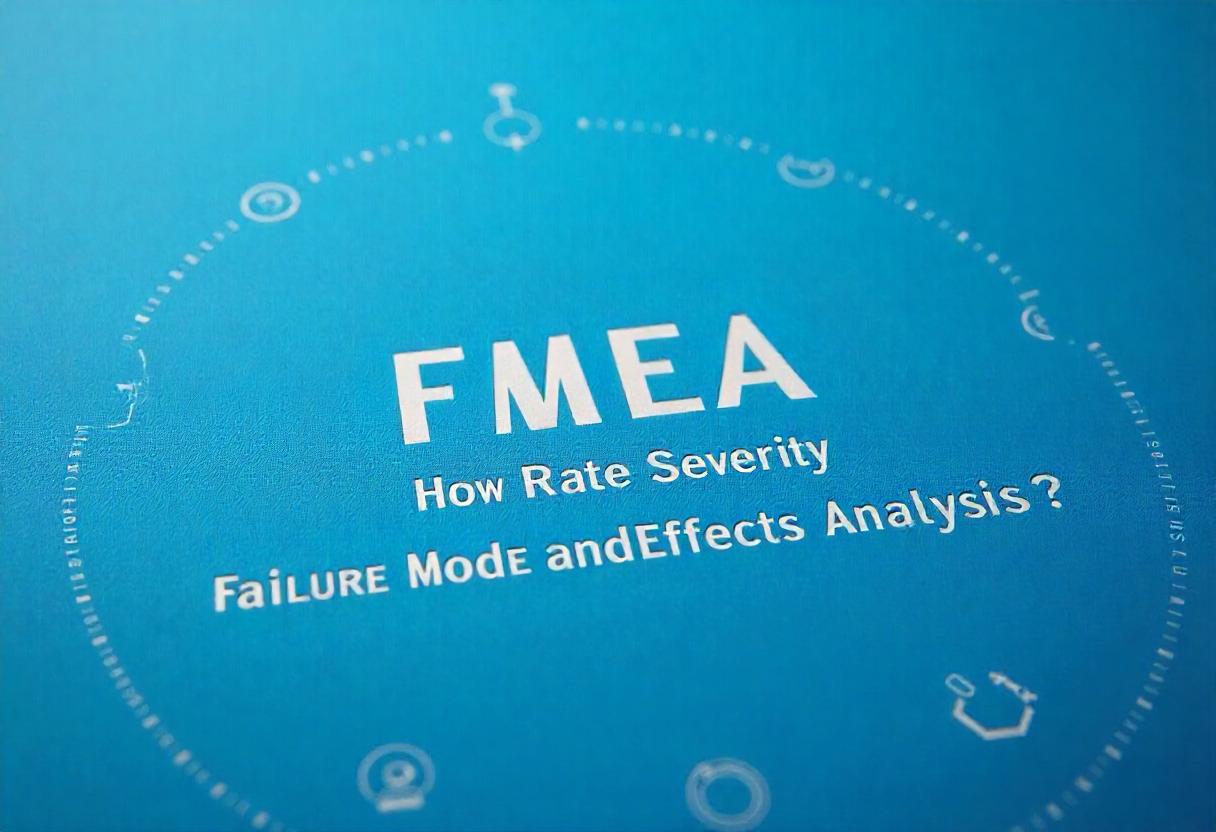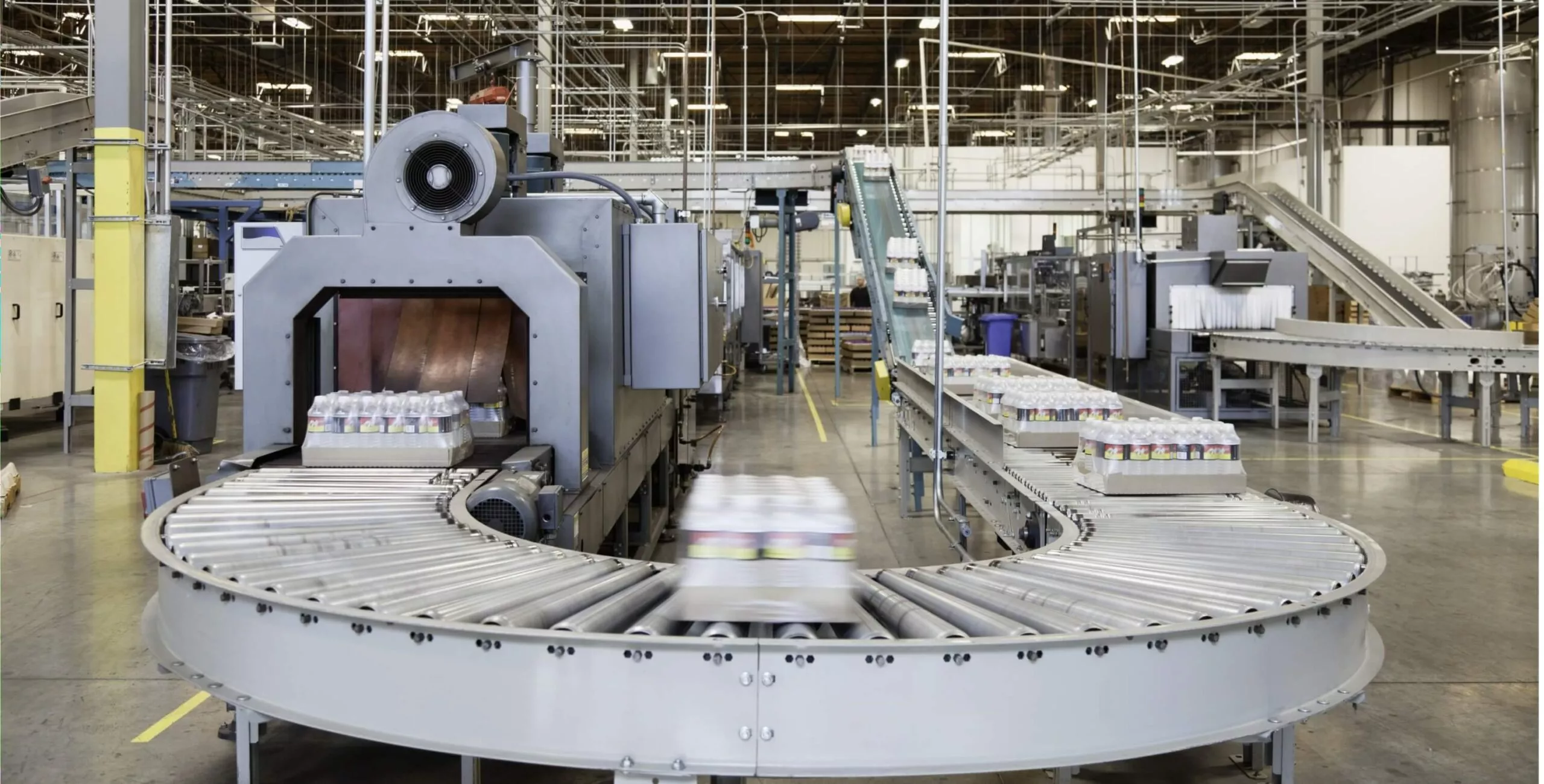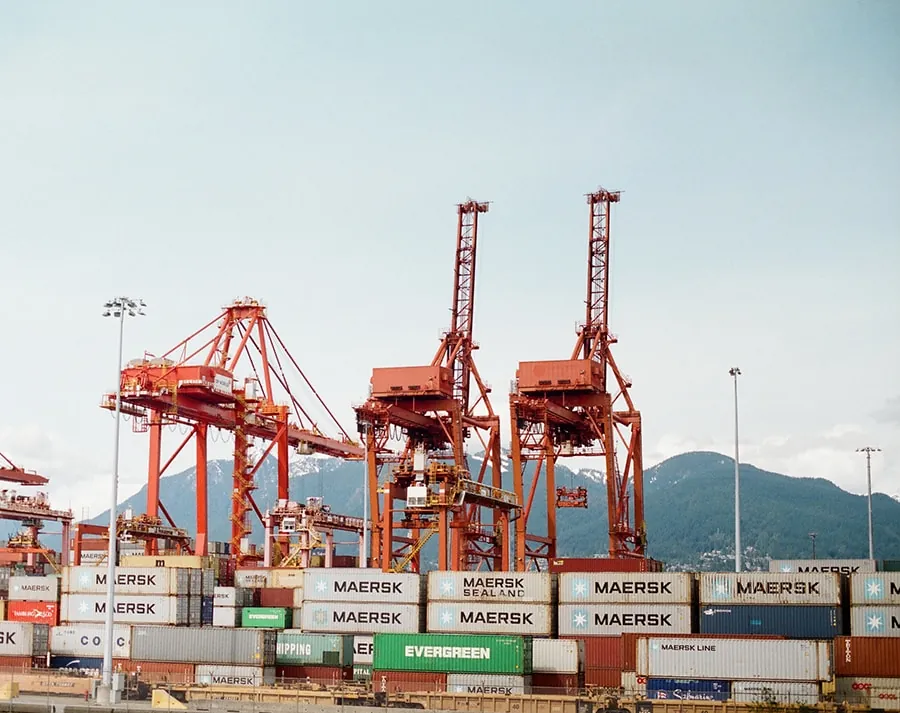Have you ever been in an FMEA meeting where opinions clashed over how severe a risk might be and “How to Rate Severity in Failure Mode and Effect Analysis”? Disagreements like these are common and highlight how important it is to clearly understand and apply severity ratings in the FMEA process. In this article, we’ll explore what severity risk means, provide examples from both design and process FMEA, and share practical advice on how to move forward when the team can’t agree on a rating. Let’s get started.
What is the Definition of “Severity” in an FMEA?
In an FMEA, “Severity” refers to a ranking number that represents how serious the effects of a specific failure mode could be. This ranking is based on a predefined severity scale and focuses only on the impact of the failure. It doesn’t take into account how likely the failure is to happen or how easily it can be detected. The severity ranking is used to compare the seriousness of different failure modes within the same FMEA.
How is “Severity” Assessed in FMEAs?
In FMEAs, the severity rating focuses on the impact a failure will have, specifically looking at the consequences of the failure’s effect rather than the failure itself. To determine this, the team uses a severity scale that has defined levels, making it easier to assess how serious the impact might be.
When reviewing a failure, the team refers to the criteria set in the severity scale. If the consequences of the failure are clearly outlined, the severity level is usually straightforward to determine. However, when the impact is less clear, it may require more careful thought to assign the right level of severity.
For Design FMEAs, the team evaluates how the failure will affect the overall system or the end user. This helps identify potential risks to product performance or user safety. In the case of Process FMEAs, the focus shifts to the impact during manufacturing or assembly, as well as how it could affect the final product or user. If there’s a difference between these two impacts, the severity is determined by the higher of the two, ensuring the most serious potential consequence is prioritized.
What is an example of Severity in a Process FMEA?
In a Process FMEA (Failure Modes and Effects Analysis), severity refers to how serious the consequences would be if a problem or failure occurs in the process. A higher severity means the issue could cause bigger problems, like affecting safety, quality, or performance.
Let’s say you’re working on a manufacturing process where a machine is used to assemble parts. If the machine breaks down or malfunctions, it could cause a delay in production or result in defective products. The severity rating helps to decide how serious the problem would be.
Here’s an example of how severity might be rated in a table:
| Failure Mode | Potential Effect of Failure | Severity Rating (1-10) |
|---|---|---|
| Machine malfunction | Production delay, missed deadlines | 8 |
| Incorrect part alignment | Defective products, quality issues | 9 |
| Inaccurate measurements | Incorrect product specifications, returns |
7 |
- Machine malfunction (Severity Rating: 8): If the machine stops working, it will delay production and may affect deadlines. This is quite serious but not a safety issue, so the severity rating is high but not the highest.
- Incorrect part alignment (Severity Rating: 9): If parts aren’t aligned correctly, it could lead to defective products. This could cause major issues with quality and result in a lot of rework or returns, so it’s rated very high.
- Inaccurate measurements (Severity Rating: 7): If measurements are wrong, it could affect product quality, leading to returns. While it’s a problem, it’s not as severe as the first two, so it gets a lower severity rating.
The severity helps teams understand which failures need the most attention and where to focus their efforts to prevent bigger problems.
What is an Example of Severity in a Design FMEA?
Severity in a Design FMEA (Failure Modes and Effects Analysis) refers to how serious the consequences of a failure could be if it happens. It’s used to assess how much harm a failure can cause to the product, users, or the environment.
Here’s an example:
| Failure Mode | Potential Effect | Severity Rating |
|---|---|---|
| Broken safety latch | Could lead to users being injured when using the product | 9 |
| Loose screw in device | May cause parts to fall off, but does not affect safety | 5 |
| Battery overheating | Product could overheat, causing a fire risk | 10 |
- Broken Safety Latch (9): It is severe because it can result in injuries, so it gets a high severity rating.
- Loose Screw (5): It is less critical because while it could cause parts to fall off, it doesn’t put anyone at direct risk, so it gets a moderate rating.
- Battery Overheating (10): It is the most severe, as it poses a serious risk of fire, which can lead to major harm or damage, so it gets the highest rating.
This helps the team focus on the most serious risks first to make sure they are addressed in the design phase.
How to Rate Severity in Failure Mode and Effect Analysis?
When you’re working with Failure Mode and Effect Analysis (FMEA), the first thing to do is figure out how serious each failure could be. You give each failure a severity rating, usually on a scale of 1 to 10. A 1 means the failure won’t cause much trouble, while a 10 means it could cause major problems. If a failure leads to several effects, focus on the most serious one and record the highest rating.
Next, you look at what could cause these failures. You’ll use different tools to help identify possible causes, like cause-and-effect diagrams, and you’ll rely on the knowledge and experience of the team. Make sure to list all possible causes for each failure.
After identifying the causes, you’ll rate how likely each one is to happen. This is called the occurrence rating, or “O”. You’ll use a scale from 1 to 10, where 1 means it’s very unlikely to happen, and 10 means it’s almost certain. This helps you understand which issues are more likely to occur and need more attention.
How to Identify the Severity Levels in FMEA?
This scale helps in evaluating the potential impact of failure modes:
| Severity Rating | Description of Impact |
|---|---|
| 1 | No impact on performance or function. |
| 2 | Minor effect on performance, easily detectable but does not affect function. |
| 3 | Noticeable effect on performance but does not impair function. |
| 4 | Minor impairment of function or performance, easily correctable. |
| 5 | Moderate effect on performance, noticeable impact but still operational. |
| 6 | Significant impairment in function or performance, requires attention. |
| 7 | A major impact on function or performance, requires corrective action. |
| 8 | Severe impact on function or performance may fail. |
| 9 | A very severe impact could cause severe damage or failure. |
| 10 | Complete failure, catastrophic impact, likely to cause system breakdown. |
Support FMEA with NEXGEN
FMEA (Failure Modes and Effects Analysis) is a helpful tool for organizations to review and improve their product design and manufacturing processes. It helps teams identify potential problems before they happen and figure out how to prevent them. But for FMEA to be truly useful, having the right tools to support the process is essential.
NEXGEN’s Computerized Maintenance Management System (CMMS) can help by providing detailed reports that support FMEA and other quality control efforts. With a CMMS, you can easily track issues, manage updates to procedures, and ensure corrective actions are carried out effectively.
Support FMEA with NEXGEN
If you want to see how NEXGEN’s CMMS can improve your FMEA process and help your organization, get in touch with us.





